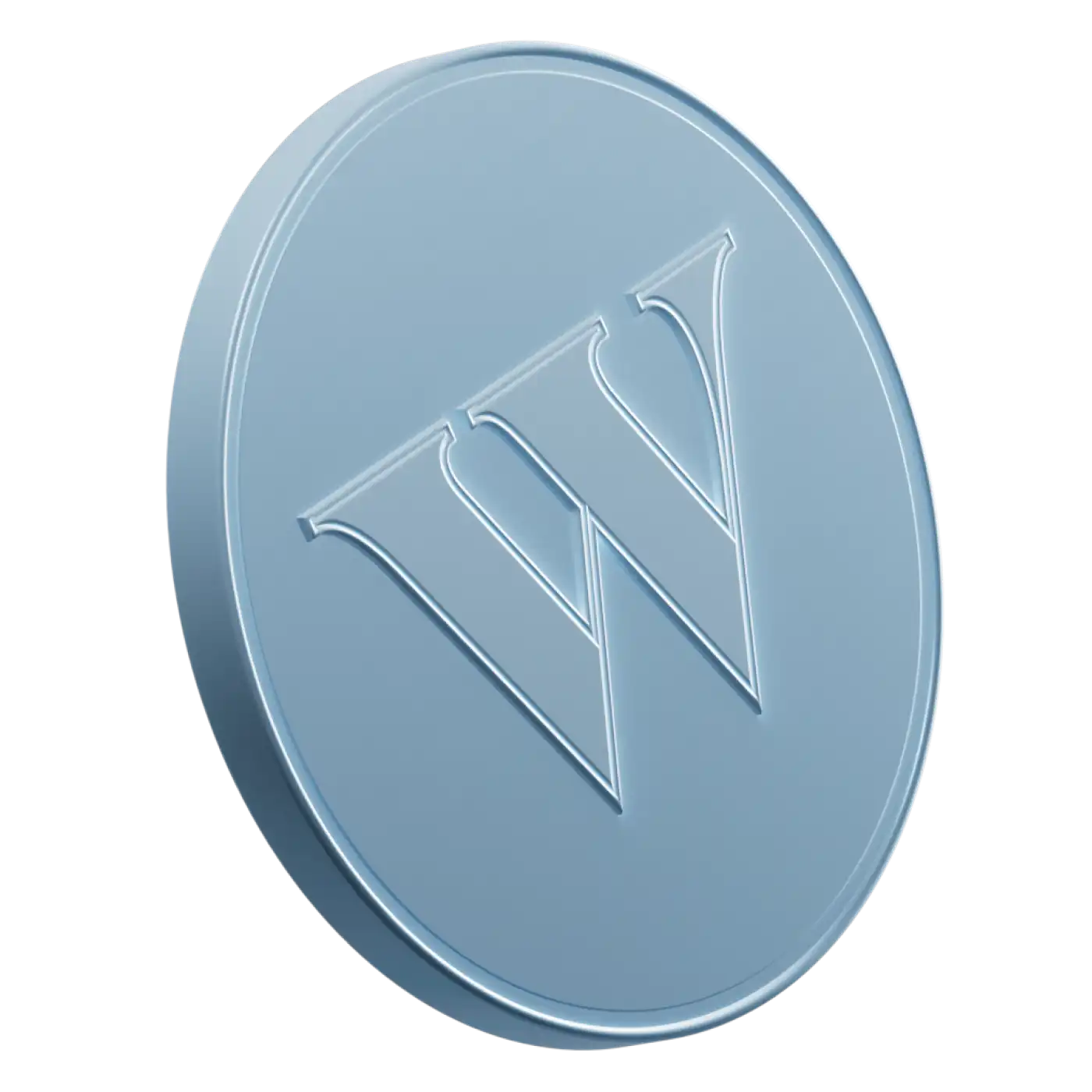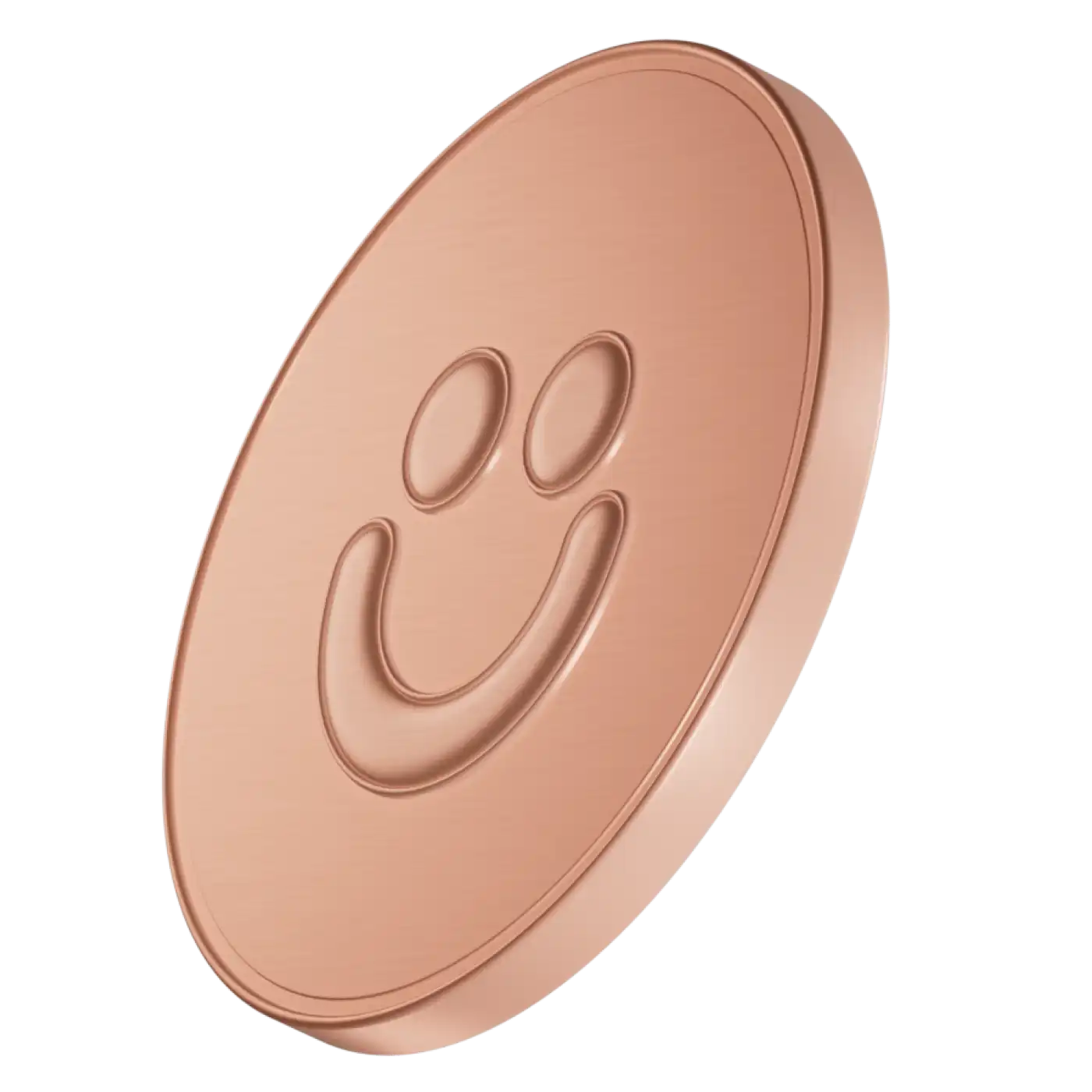Every February, some students at designated educational institutions (the government has a list of them here) receive something called a Tuition and Enrolment Certificate, or a T2202. You will receive a T2202 only if you’ve paid more than $100 in eligible education fees. Before you start adding up the cost of every uni T-shirt and beer run, however, the phrase “eligible expenses” is pretty limited. Think tuition and lab fees, rather than parking passes and meal plans. Your T2202 will show the qualifying fees you paid in the previous calendar year (as opposed to the academic year). The higher the number, the higher the deduction you get to take on your taxes!
Things get a little more complicated for international students, students receiving scholarships or other awards, or those who wish to transfer their tax credits to family members. For more detailed information on T2202s, particularly in those cases, keep reading.
Who will receive the T2202 form?
T2202 forms are for students who have paid more than $100 in eligible fees for courses beginning and ending in a particular calendar year. Some students might receive a T4A form rather than, or in addition, to a T2202. T4As are provided to students in order to report scholarships, awards, or other income which was provided to the student. T4As are reported on the T1 General as income (excluding scholarships for full-time students). According to the CRA, students may not combine receipts from multiple institutions in order to meet or exceed the $100 minimum eligible amount.
What if I’m an international student?
Residency class determines your tax-filing status, and there are multiple residency classes international students fall under:
Residents
International students studying in Canada who have to file an income tax return due to residency, or due to earning income in Canada, are able to use form T2202 to reduce any taxes they owe.
Residency determines whether or not you’re required to file a Canadian tax return, so it’s important to know the requirements associated with it:
Residency is based on possessing certain ties with Canada, which include:
Having a home in Canada (owned or rented)
Having a spouse or common-law partner, or dependents who move to Canada to live with you
Having social ties in Canada, such as memberships in Canadian recreational or religious organisations
Other ties that may be considered by the CRA include:
Possessing a Canadian driver’s licence
Owning a car, or having purchased furniture for your home
Having a Canadian bank account(s)
Having a Canadian credit card(s)
Carrying health insurance with a Canadian province or territory
Deemed residents of Canada
International students who have not established significant residential ties with Canada may still be considered deemed residents if the following conditions have been met:
They lived in Canada for 183 days or more in a calendar year
Canada has a tax treaty with their home country and under that treaty the student is not considered to be a resident of their home country
Residents and deemed residents of Canada should follow the filing requirements for residents, including filing a T1 personal income tax return, meaning they would be eligible for other government benefits such as the GST/HST credit, tuition carry-forward credits, and other provincial credits or tuition rebates.
Non-residents of Canada
Non-residents of Canada have not established significant residential ties with Canada, and should follow the tax filing rules for non-residents of Canada.
Wasn’t the tuition tax credit eliminated?
Not federally. The “education and textbook amount” (which was a credit based on the number of months you were in school) was eliminated by the federal government, but the tuition amount (which is based on how much tuition you actually paid) has not been eliminated. However, some provinces, including Ontario, Saskatchewan, and Alberta recently eliminated the provincial equivalent of this credit.
Can I just skip filing my return?
You really shouldn’t. Failing to disclose your income to the CRA can lead to serious fines or even jail time. Plus, when you file a tax return with the Canadian government, the CRA uses your information to apply other tax benefits that you’re eligible for, such as the Canada Worker’s Benefit.
When will I receive my T2202?
You should receive or be able to download a copy of your T2202 around the third week of February for any tuition and eligible fees paid in the preceding calendar year. The official deadline for issuing these forms is the last day of February.
Are all tuition and related fees tax-deductible?
No, not all tuition and related fees paid are tax deductible. For example, fees spent on parking, meal plans, residences, and other administrative expenses cannot be claimed.
How do I deal with transferring tuition tax credits?
Educational institutions prepare T2202s in the name of the student enrolled in eligible programs at their institution. Students must claim the amounts paid on their own personal tax returns until the federal tax payable has been reduced to zero.
At that point the student is then able to transfer the remaining amount to a spouse, common-law partner, parent, or grandparent, or carry forward the remaining amount to a future tax year. Note: Only the current year tuition amount — up to $5,000 — is eligible to be transferred.
If you receive a T2202, make sure to keep a copy of it for at least 6 years, as the CRA may request documentation.
What’s a Schedule 11?
The CRA form Schedule 11 contains the calculation used by students to determine the amount of credit they’re eligible to use to reduce any taxes they may owe. The form takes into account the current year’s federal tuition fees, applicable provincial and territorial tuition, and education and textbook amounts. Information from your 2202 form will help you complete your Schedule 11.
The CRA recommends that you file your personal tax return (T1) and Schedule 11, even if you have no tax to pay or if you are transferring part of your current year’s federal tuition fees, applicable provincial and territorial tuition, or education and textbook amounts, so that they can update your tax account with the amount of unused credits available to be carried forward to future years.



